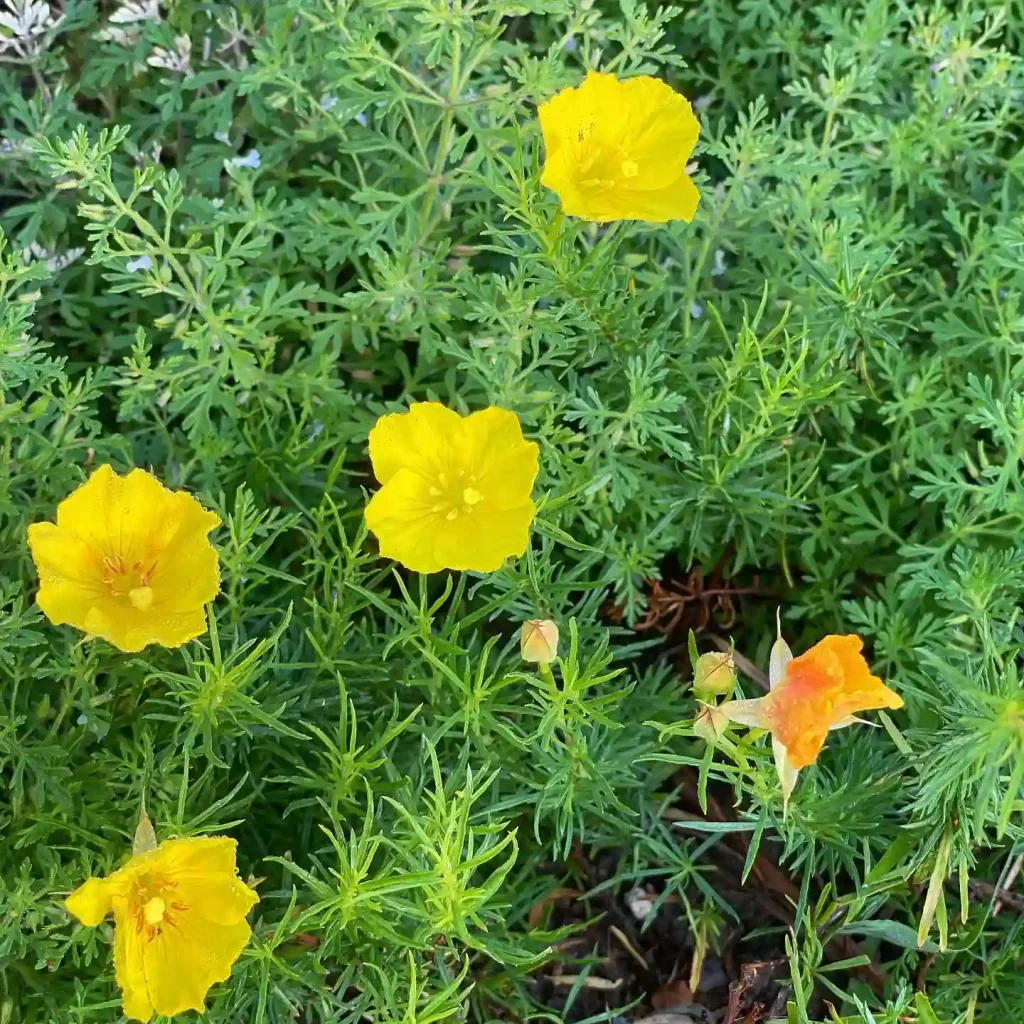Hosta Captain Kirk: A Guide for Trekkies and Plant Enthusiasts Alike
Hi, Ferb Vu here. As a lover of all things sci-fi and a dedicated gardener, the Hosta Captain Kirk holds a special place in my heart. This magnificent plant isn’t just a visual treat – it’s surprisingly resilient and low-maintenance.
If you’re considering adding this Star Trek-inspired hosta to your garden, you’ve come to the right place. This FAQ will answer all your burning questions about the Captain Kirk hosta, from its stunning features to the best growing conditions.
31 Species in Genus Hosta
What Makes the Captain Kirk Hosta Special?
The Captain Kirk is a truly eye-catching hosta. It boasts a rapid growth rate, forming an impressive mound of wide-oval, slightly arching leaves. These beauties are heavily veined and puckered, adding a touch of texture to your garden.
The color variation is what truly sets this hosta apart. The leaves emerge a vibrant chartreuse, maturing to a bright green with a broad, creamy-white margin. As the season progresses, the centers transition to a golden yellow, then a soft ivory, creating a captivating display.
How to care for Hosta Captain Kirk?
The Captain Kirk thrives in conditions similar to its namesake’s voyages – adaptable and surprisingly tolerant. Here’s what you need to know:
- Light: Partial shade to full shade is ideal. A few hours of early morning sun can enhance the leaf color, but avoid harsh afternoon sun, which can scorch the leaves.
- Soil: Moist, well-drained soil with a slightly acidic to neutral pH (between 5.5 and 7.5) is best. Sandy loam is preferable to clay as it allows for better root aeration.
- Watering: Hostas love consistent moisture, especially during the hot summer months. Water deeply at the base of the plant when the soil feels dry to the touch.
- Feeding: While not essential, a balanced fertilizer applied in early spring can give your Captain Kirk a growth boost.
Captain Kirk vs. Other Hostas: Finding Your Perfect Match
The world of hostas is vast, offering a variety to suit every taste. Here’s how Captain Kirk stacks up against a couple of popular choices:
- Captain Kirk vs. Francee: Both are large hostas with stunning variegated foliage. However, Francee boasts a more prominent white margin and prefers full shade, while Captain Kirk tolerates some morning sun.
- Captain Kirk vs. Blue Angel: Blue Angel offers a striking contrast with its blue-green, heart-shaped leaves. It thrives in more sun than Captain Kirk, making it a good choice for borders with dappled sunlight.
Ultimately, the best hosta for you depends on your garden’s specific conditions and your desired aesthetic.
Keeping Your Captain Kirk in Top Shape
With a little TLC, your Captain Kirk hosta will thrive for years to come. Here are some basic care tips:
- Mulch: Apply a layer of mulch around the base of the plant in late spring to retain moisture, suppress weeds, and regulate soil temperature.
- Division: Every 3-5 years, you can divide your Captain Kirk to create new plants. This is best done in early spring or late summer. Simply dig up the clump, carefully separate the sections with a sharp knife, and replant.
- Pests and Diseases: Fortunately, Captain Kirk is relatively pest and disease resistant. However, keep an eye out for slugs and snails, which can damage the foliage. Handpicking or using organic slug bait is usually enough to control them.
Conclusion: Boldly Go Where No Hosta Has Gone Before
The Captain Kirk hosta is a fantastic addition to any shade garden. Its striking foliage, ease of care, and connection to the beloved Star Trek universe make it a true winner. So, set phasers to “stun” those boring landscapes and boldly bring the Captain Kirk hosta into your garden!
Bonus Tip: If you’re feeling adventurous, consider pairing your Captain Kirk with other Star Trek-themed hostas like ‘Spock,’ ‘Uhura,’ or ‘Enterprise’ for a truly out-of-this-world garden display.
If i die, water my plants!



